

by Blake Hernandez


 ith summer here and temperatures at their highest, we’re seeing haircuts at their lowest…length, that is! However, don’t lose style or individuality just because the client wants their dog short.
ith summer here and temperatures at their highest, we’re seeing haircuts at their lowest…length, that is! However, don’t lose style or individuality just because the client wants their dog short.
This particular dog is always in a short trim with a pretty traditional beard and brows. But in this tutorial, we’ll really makeover his face and hopefully give you some inspiration on adding spunk to your shave-downs.
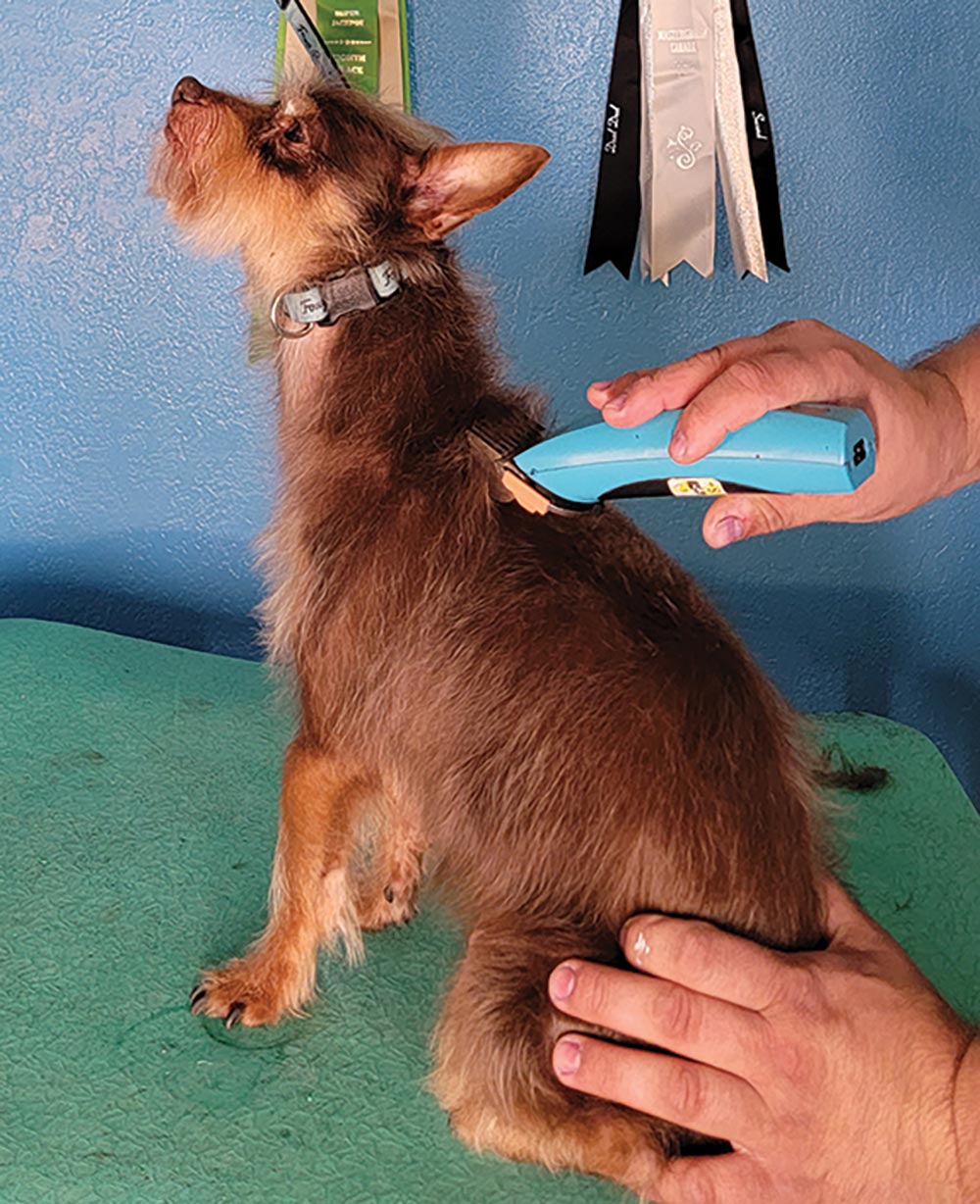
Fig 1) I started with a half-inch guard comb on his back, blending into the hair on the withers. This is so I can keep any of the “mullet” hair that he already has.
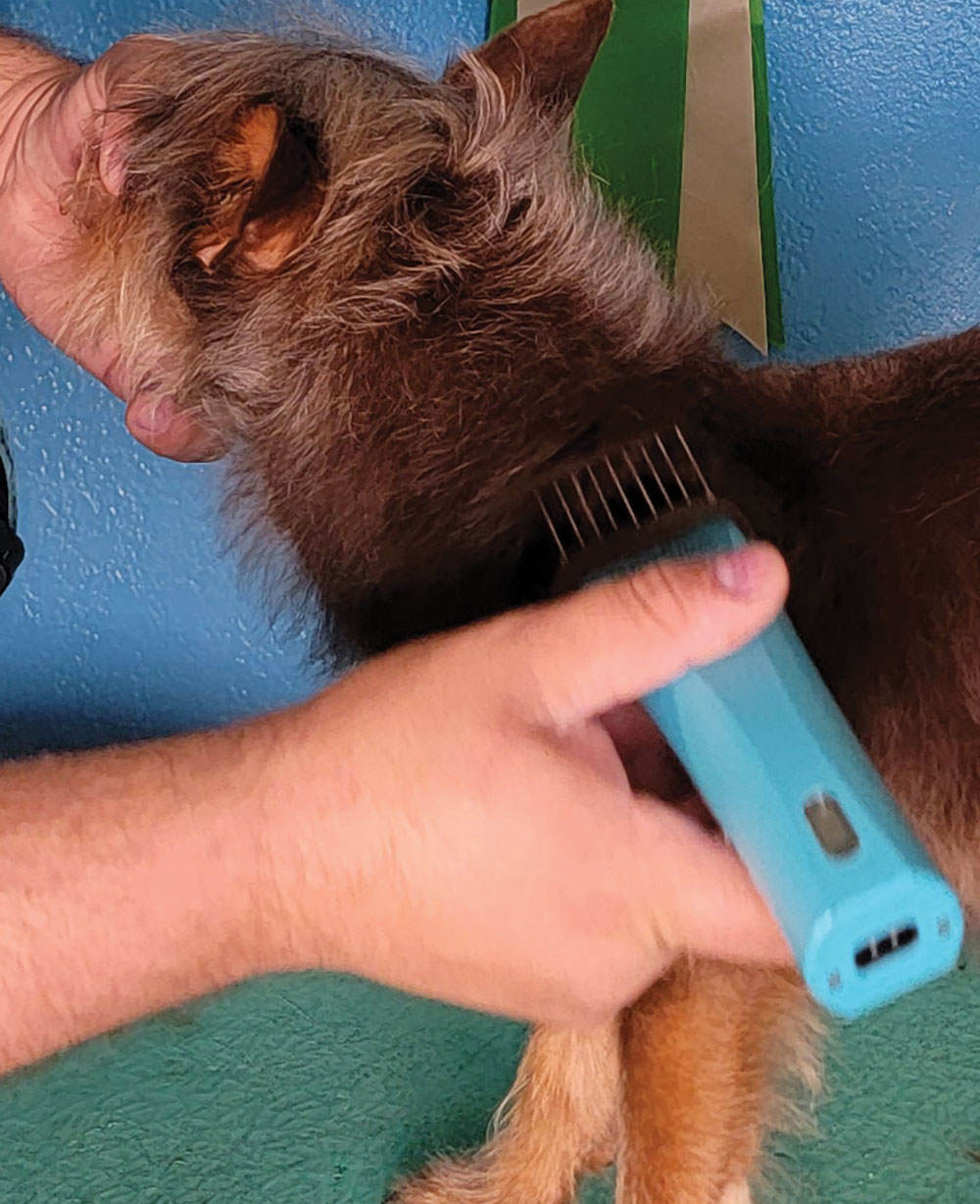
Fig 2) While clipping, avoid the “ruff” area.
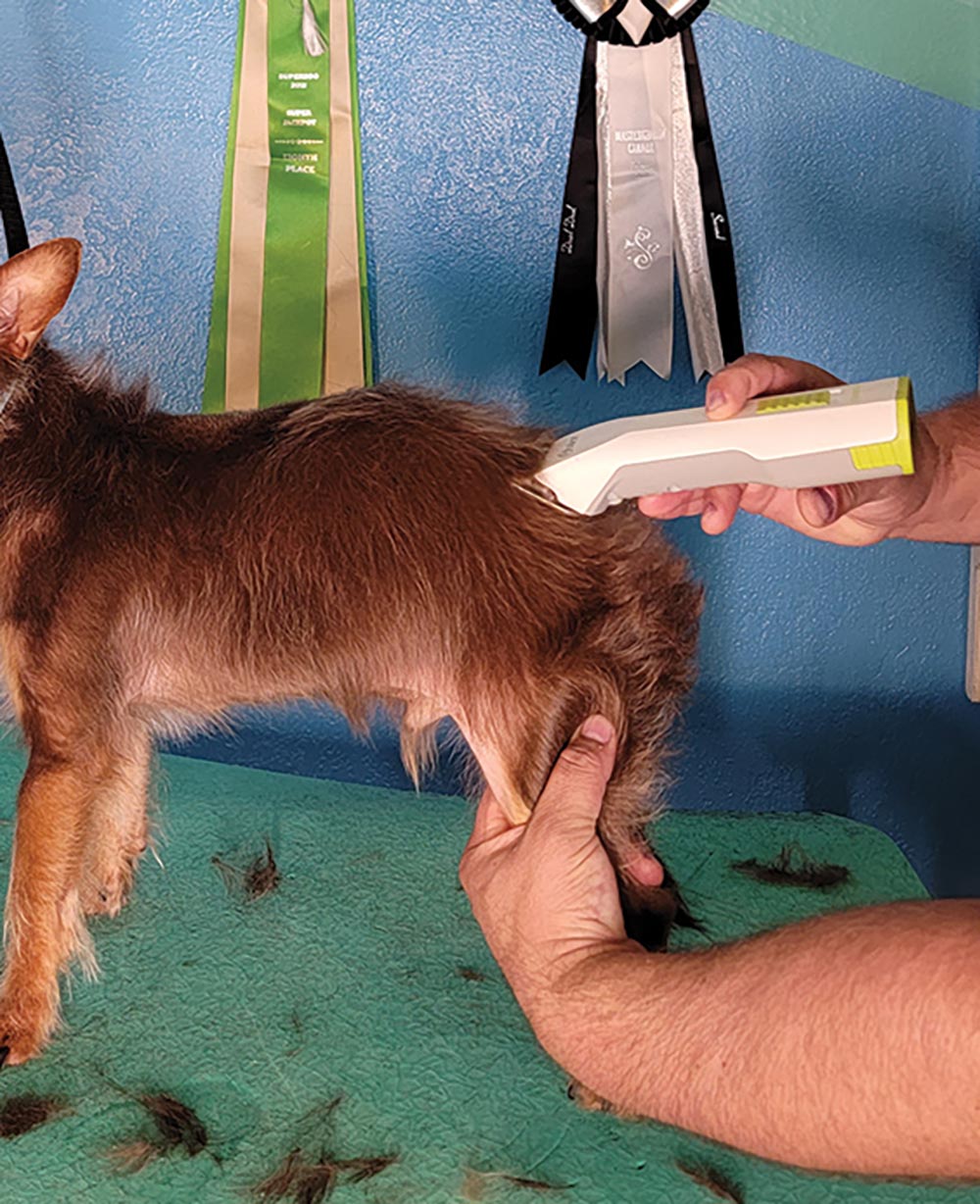
Fig 3) On a double-coat like this, clipping in reverse to your desired length really speeds up the process. For this dog, I used a #5F in reverse.
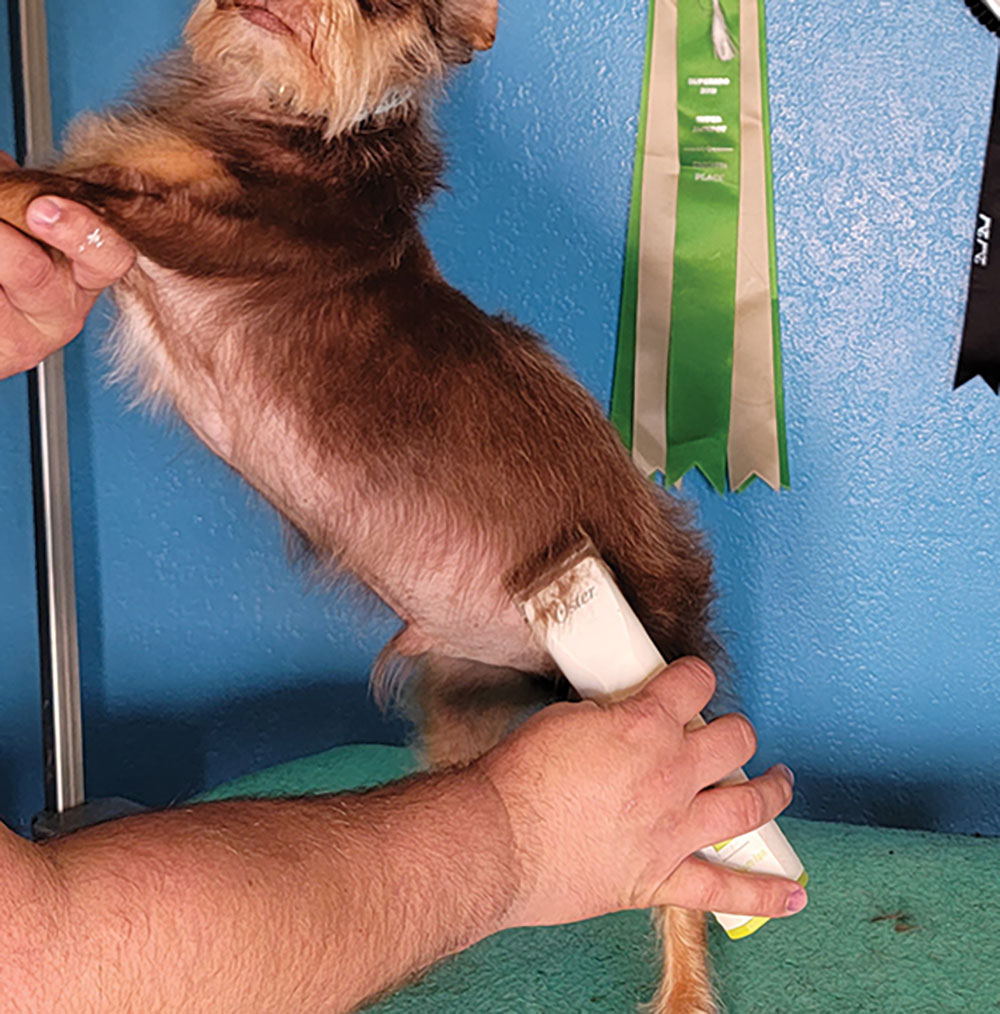
Fig 4) When clipping in reverse, you want to stretch the dog’s skin tight. You should do what’s comfortable for you and the dog while safely maintaining a taught clipping surface.

Fig 5) You’ll also want to clip the legs. Both front and back legs have grains of coat growing in different directions and will require the most amount of work in detailing each directional pattern against the grain for a smooth finish.
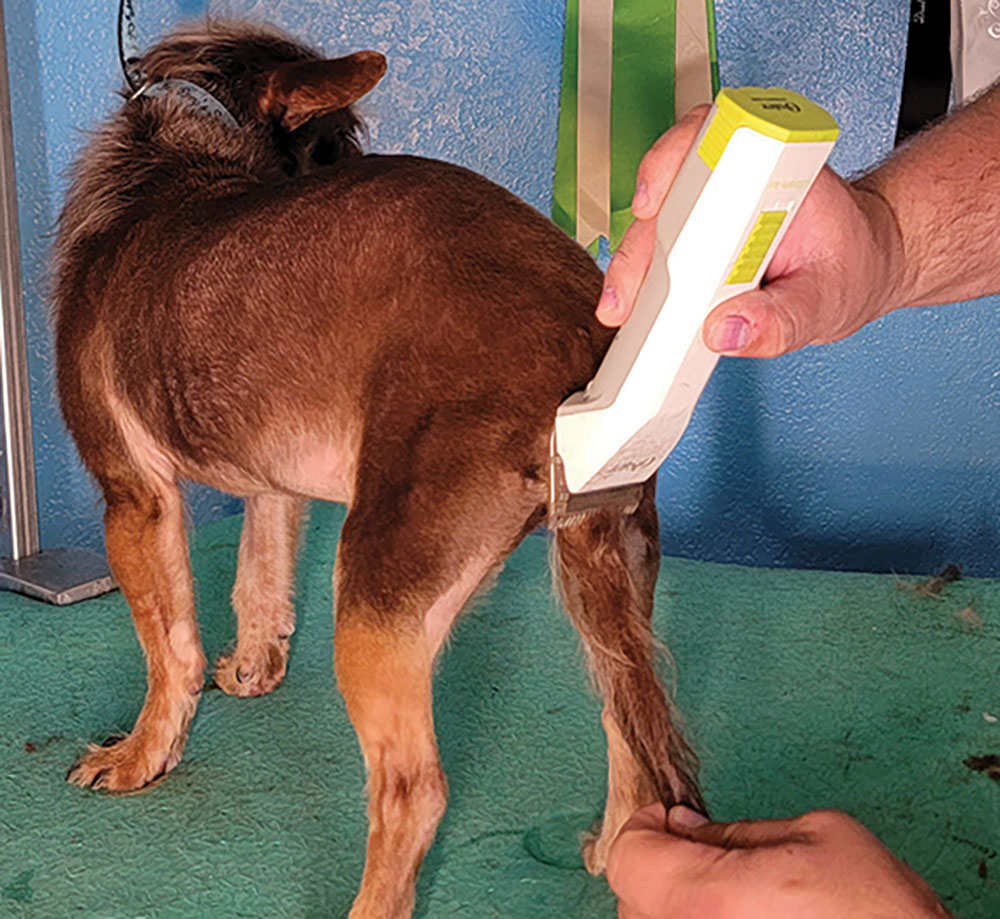
Fig 6) Next you’ll blend out of your against-grain clipper work by clipping with the grain using the same blade length. This may require some back-brushing to get a seamless and natural finish.
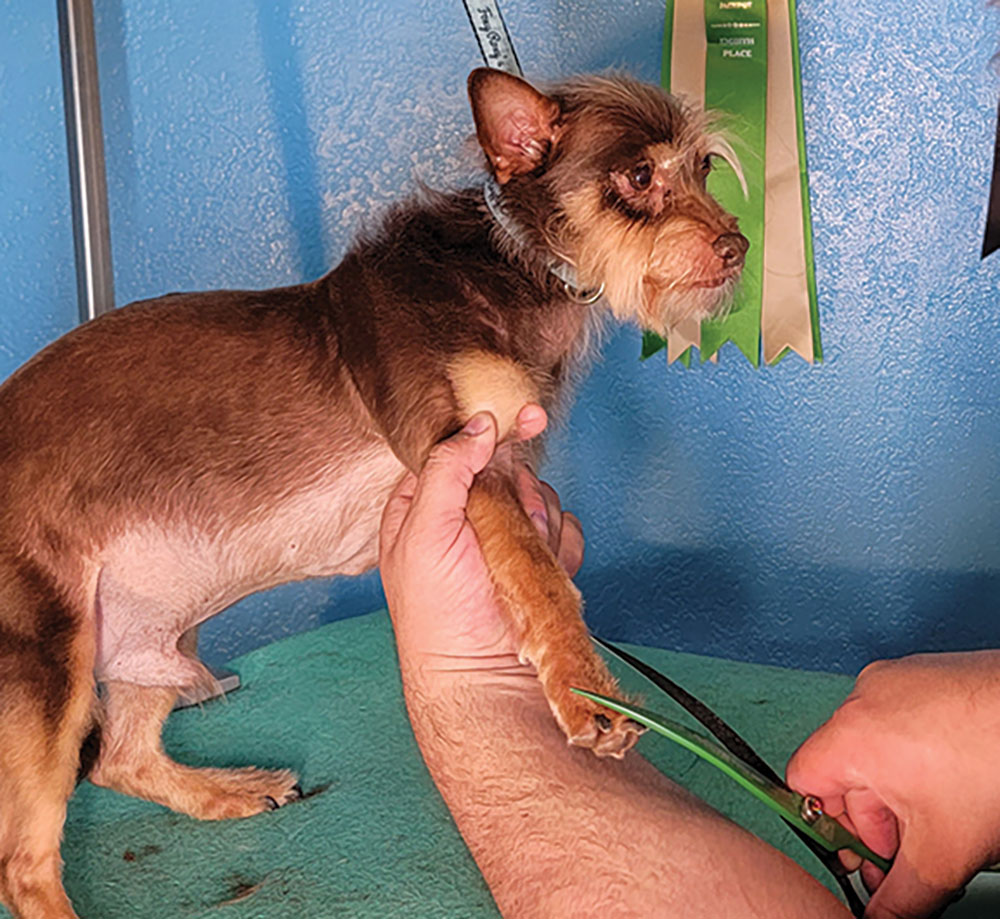
Fig 7) Scissor any loose hairs around the feet that were not clipped off so far.
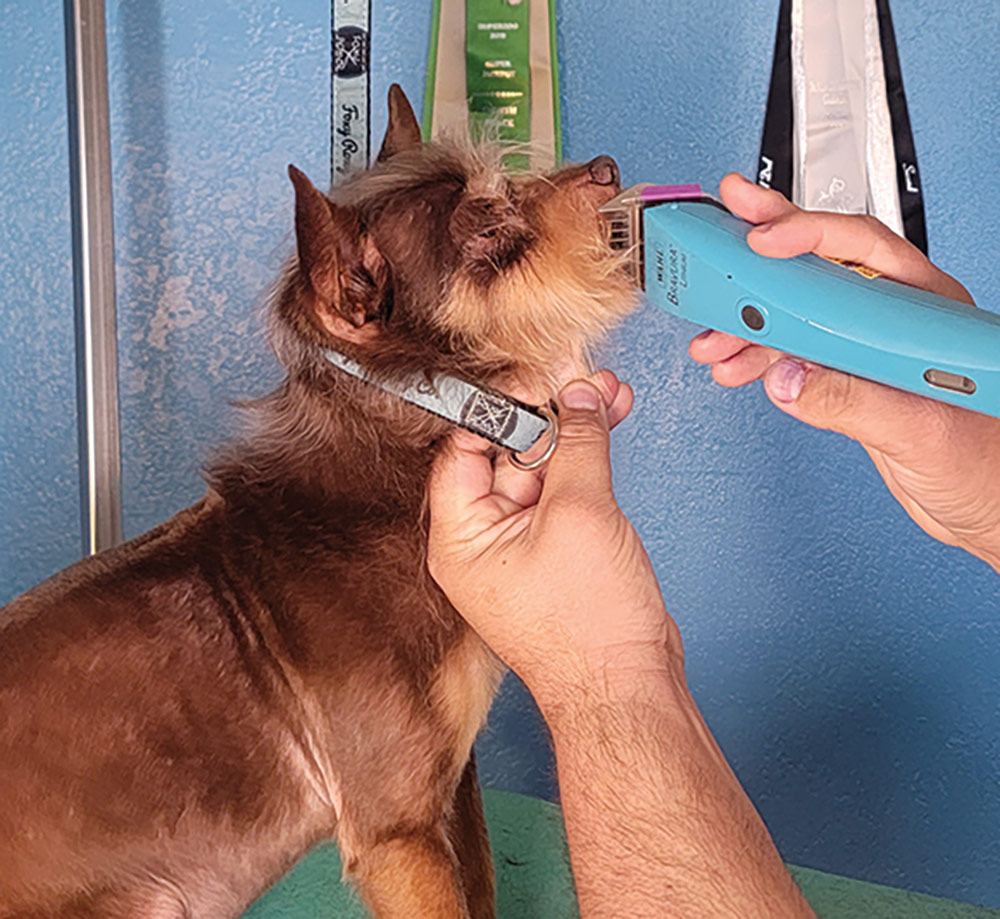
Fig 8) The freestyle headpiece I executed on this dog is inspired by the Australian Terrier. For salon styling and not hand-stripping, clip the muzzle with the grain using a #4F blade.
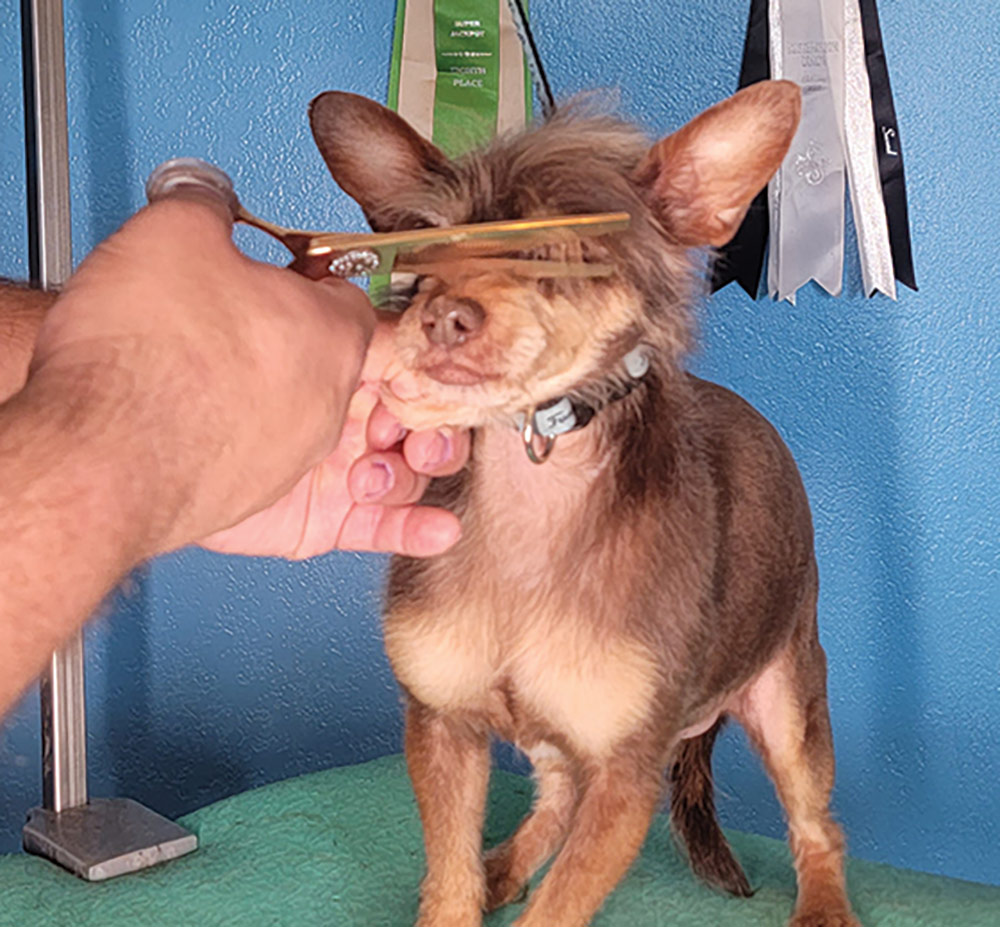
Fig 9) Next trim down very short and expressive eyebrows with thinning shears.

Fig 10) Comb all of the hair on the topskull straight up and hold it between your fingers.
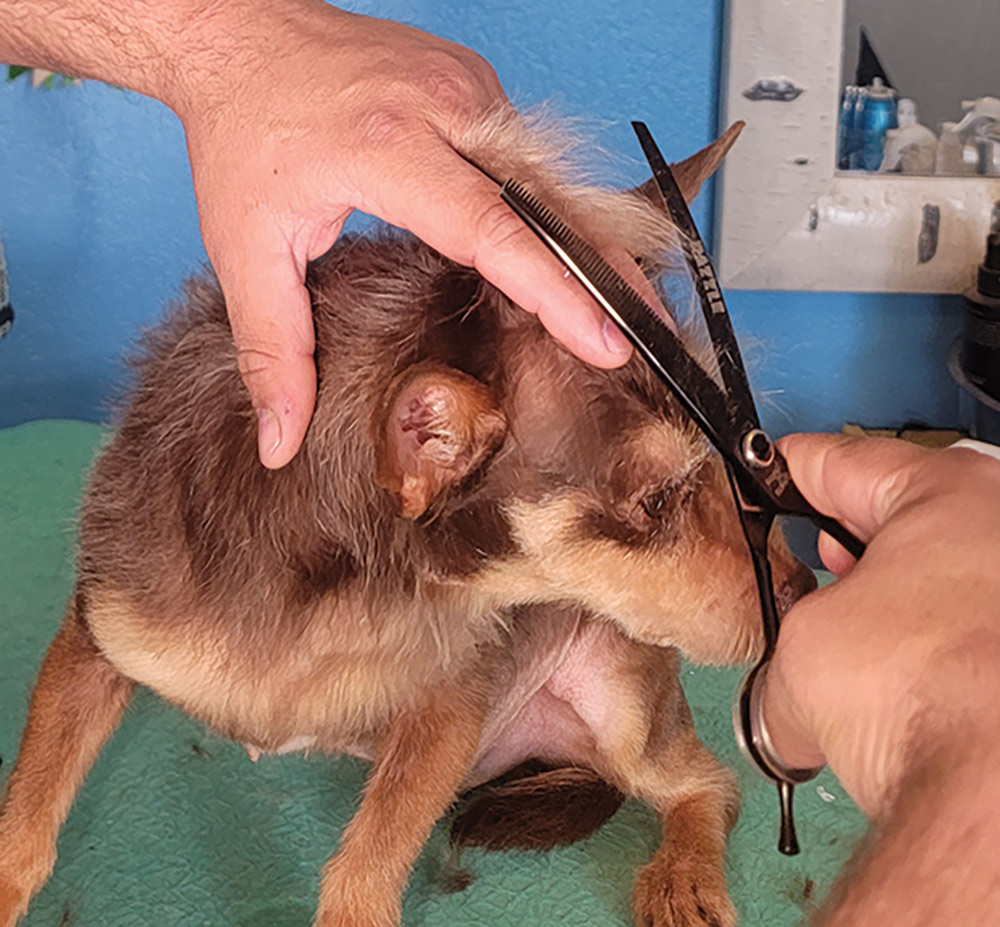
Fig 11) Using a curved thinning shear, trim it all down to the same tufted length.
Shave-downs are nothing new to the pet groomer, so keep things exciting by finding key characteristics in your mixed breeds and highlight them!

